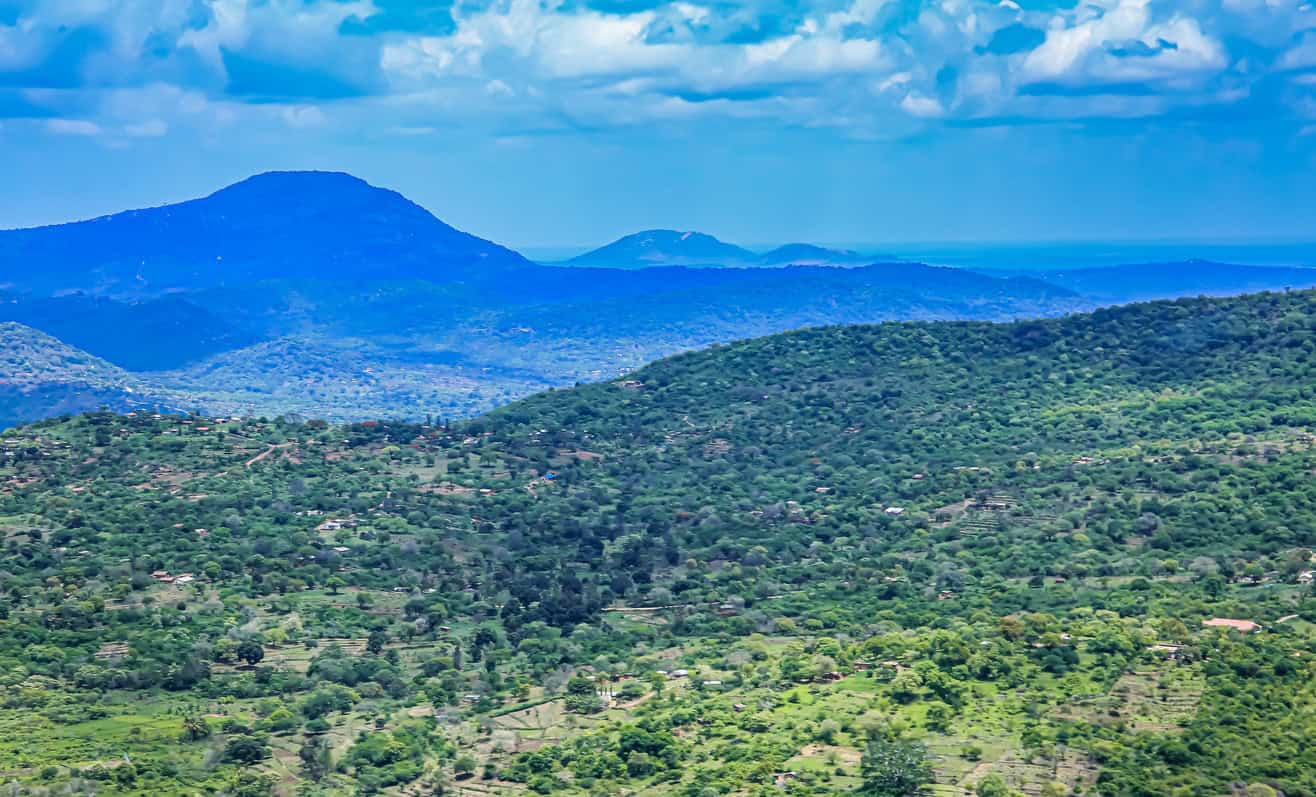A February Kenya safari experience mirrors one in January as wildlife still gathers around waterholes. Most parks in Kenya experience the dry season between June and October, and larger wildlife, including the Big Five, are housed in most parks, except Masai Mara National Park, which houses three of the Big Five and Chyulu Hills National Park, which currently doesn’t host any big game life.
For successful game drives, wildlife in Kenya is abundant in the drier seasons, depending on which park you visit.
Weather in February
February is a warm month, making it a good time for game drives and outdoor activities, such as hiking and picnics.
Average Weather in February
| Temperature | Celsius | Fahrenheit | Rainfall |
| Min | 9℃ | 48℉ | 1.3 mm |
| Max | 28℃ | 82℉ | 133 mm |
National Parks to Visit in Tanzania and Why
Nairobi National Park
For those interested in seeing the Big Five and big cats, a safari experience in Nairobi National Park is exciting as it houses both. Game drives are also productive since the weather is typically excellent throughout the month.
Amboseli National Park
Amboseli’s wet season begins in February, and this park offers a different experience from others at this time of year. As wet weather is much more common in the park, popular experiences include birdwatching and photographic safaris.
Tsavo West National Park
February is an excellent month to visit Tsavo West National Park as it coincides with the dry season. Common animals in the park include elephants, giraffes, hippos, zebras, and wildebeests. Less common animals here are buffaloes, lions, and hyenas. Since February is a dry month, all these animals will likely be seen on your safari.
Activities to do in February:
- Game drives
- Horseback riding
- Windsurfing
- Diving
- Photographic and walking safaris
- Hot air ballooning
























